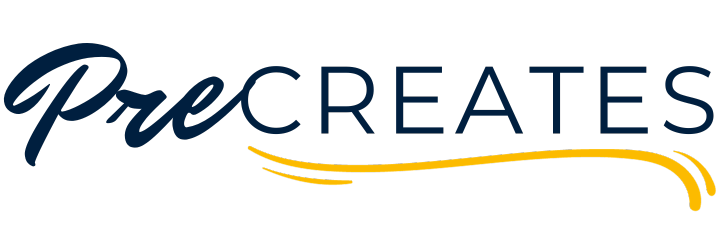ChatGPT – a large language model is everywhere now. As a teacher, if you’re not using it right now, start using today! We’ve compiled a definitive guide for teachers to use ChatGPT along with the prompts. Let’s get into it
Prepare for explicit teaching using ChatGPT
Imagine being able to generate a comprehensive lesson plan tailored to your students’ needs with just a few prompts. You can input a prompt like “Create a lesson plan for a unit on [concept being taught] that includes a variety of activities and assessments and takes into account the following paragraph where I provide a brief description on the skills and knowledge of my students.” Additionally, you can use ChatGPT to create visual aids, such as slides or worksheets, that clearly outline the learning objectives and success criteria for a lesson.
Evidence-based teaching practices using ChatGPT
Collaborating with colleagues and sharing teaching practices can be a powerful way to gain new insights. You can use ChatGPT to generate prompts for sharing and discussing teaching practices with colleagues. For example, input the prompt “Generate ideas for sharing and discussing teaching practices with colleagues in a primary school.” Additionally, you can use ChatGPT to create prompts for analysing the effectiveness of different teaching strategies, such as “Generate a list of questions to ask during a lesson observation to analyse the effectiveness of different teaching strategies in a high school math class.”
Collaborate to achieve shared goals using ChatGPT
Collaboration with school leaders is essential for achieving shared goals. You can use ChatGPT to create prompts for collaborating with school leaders. For example, input the prompt “Generate a list of ways for teachers to collaborate with school leaders to achieve shared goals in a secondary school.” Remember to be specific about the type of activity you want to do, such as asking for “hands-on and interactive resources” or “creative and unique resources.”
Monitor student progress and check for understanding using ChatGPT
ChatGPT can be a valuable tool for generating formative assessment questions that help you check for student understanding and identify areas for improvement. You can input a prompt like “Generate 5 multiple choice questions that assess students’ understanding of [concept being taught].” Additionally, you can use ChatGPT to create exemplars of high-quality responses to assignments and tasks. For example, input the prompt “Generate an exemplar of a well-written essay on [topic] that meets the criteria for an ‘A’ grade (above), with detailed annotation explaining the success criteria.”
Explore Assessment methods using ChatGPT
Assessment is a critical component of teaching and learning. ChatGPT can help you generate ideas for alternative assessment methods, such as projects, presentations, or portfolio assignments. You can input a prompt like “Generate a list of 5 alternative assessment methods that could be used to assess students’ understanding of [concept being taught].”
Engage and challenge students using ChatGPT
Engaging and challenging all students is essential for promoting learning and growth. ChatGPT can help you generate ideas for teaching strategies that cater to the full range of abilities in your classroom. You can input a prompt like “Create a list of 5 teaching strategies that could be used to engage and challenge students of different ability levels in a lesson on [concept being taught].”
In addition to these strategies, it’s important to remember to keep refining the conversation with ChatGPT to get even more specific and diverse ideas. The more you revisit questions and ask ChatGPT to tweak what it’s done, the more tailored and useful the information will be. You can also provide information and data to ChatGPT to help it refer to the right research or reference.
In conclusion, ChatGPT is a powerful tool that can help you enhance student learning and engagement in your teaching practice. By using ChatGPT to generate lesson plans, share teaching practices with colleagues, and collaborate with school leaders, you can achieve shared goals and improve student outcomes. Remember to keep refining the conversation with ChatGPT to get even more specific and diverse ideas, and to provide information and data to help it refer to the right research or reference.
Moreover, ChatGPT is a versatile tool that can be used in various teaching scenarios to enhance student learning and engagement. By using ChatGPT to monitor student progress, gather evidence of student learning, and engage and challenge all students, you can improve student outcomes and promote a positive learning environment. Remember to keep refining the conversation with ChatGPT to get even more specific and diverse ideas, and to provide information and data to help it refer to the right research or reference.
